Eucrites
The Eucrites are named for a Greek word meaning "easily
distinguished". Representing the most common class of achondrites,
more than 100 eucrites are known, excluding all probable pairings.
Although they are easily distinguished from chondrites, they closely
resemble terrestrial basalts. Actually, eucrites are extraterrestrial
basalts, volcanic rocks of magmatic origin, representing the crust of
their parent body, Vesta. They are primarily composed of the calcium-poor
pyroxene, pigeonite, and the calcium-rich plagioclase, anorthite.
Additionally, eucrites often contain accessory minerals such as silica,
chromite, troilite, and nickel-iron metal. Based on mineralogical and
chemical differences, the eucrites have been further divided into three
distinct subgroups: the non-cumulate group, the cumulate
group, and the polymict group.
|
Bouvante Found 1978 in Drome, France
TKW 8.3 kg
Stannern Trend monomict Eucrite All
these specimens are from MNHN of Paris
|
|
|
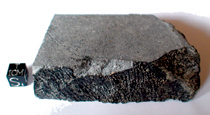 
|
|
|
|
Bouvante -00
the largest specimen in private hands... a huge crusted
slice...
280gr
Price
on request
|
|
|
|
|
|
|
|
Bouvante -01
crusted end cut
SOLD
Price
on request
|
|
|
|
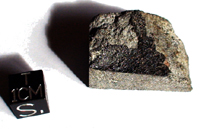  |
|
|
|
|
|
|
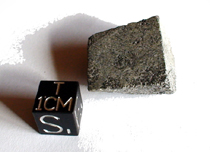 
|
|
|
|
Bouvante -02
end cut
11.02gr
SOLD
|
|
|
|
|
|
|
|
Bouvante -03
thick slice
4.2gr
840$
|
|
|
|
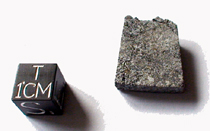  |
|
|
|
|
|
|
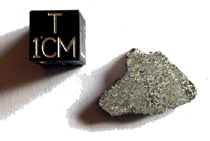 
|
|
|
|
Bouvante -04
very nice slice
1.2gr
SOLD |
|
|
|
Bouvante -05
square slice, coarse grained
0.90
SOLD
|
|
|
|
 
|
|
|
|
|
|
|
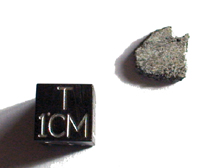 
|
|
|
|
Bouvante -06
small slice
0.45
$100
|
|
|
|
|
|
|
|
|
|
|
|
|
|
|
|
|
|
|
|